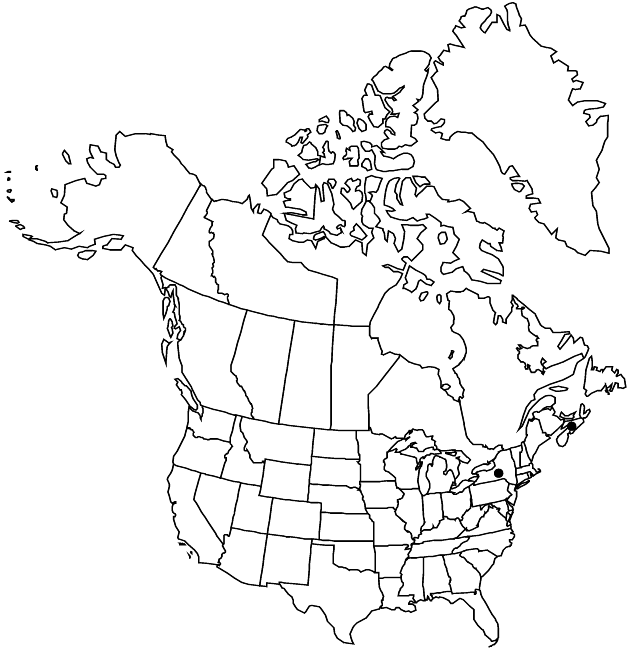Difference between revisions of "Hieracium lactucella"
Sched. Crit., 408. 1822.
FNA>Volume Importer |
FNA>Volume Importer |
Revision as of 18:37, 24 September 2019
Plants 9–20(–35+) cm. Stems proximally piloso-hirsute (hairs 1–2+ mm), sometimes stipitate-glandular as well, distally stellate-pubescent and stipitate-glandular (not piloso-hirsute). Leaves: basal 5–8+, cauline 0(–2+); blades spatulate to oblanceolate, 15–40 × 5–12 mm, lengths 3–6+ times widths, bases cuneate, margins entire, apices rounded to acute, abaxial faces glabrous or piloso-hirsute (hairs 1–3+ mm), adaxial glabrous or piloso-hispid (hairs 1–3+ mm), sometimes stellate-pubescent as well. Heads usually 2–5+ in ± umbelliform arrays, sometimes borne singly. Peduncles stellate-pubescent and stipitate-glandular (not piloso-hirsute). Calyculi: bractlets 9–13+. Involucres hemispheric, 6–8 mm. Phyllaries 16–21+, apices acuminate, abaxial faces stellate-pubescent and stipitate-glandular, sometimes piloso-hirsute (hairs 0.8–1.5+) as well. Florets 40–60+; corollas yellow, 8+ mm. Cypselae columnar, 1–2.5 mm; pappi of 25–40, white bristles in 1 series, 4–5 mm.
Phenology: Flowering May–Jul.
Habitat: Pastures, fields
Elevation: 10+ m
Distribution

N.S., N.Y., Europe.
Discussion
According to A. E. Roland and M. Zinck (1998), Hieracium auricula Linnaeus and Pilosella auricula (Linnaeus) Schultz-Bipontinus have been misapplied to plants here called H. lactucella (see also discussion at 5. H. caespitosum).
Selected References
None.